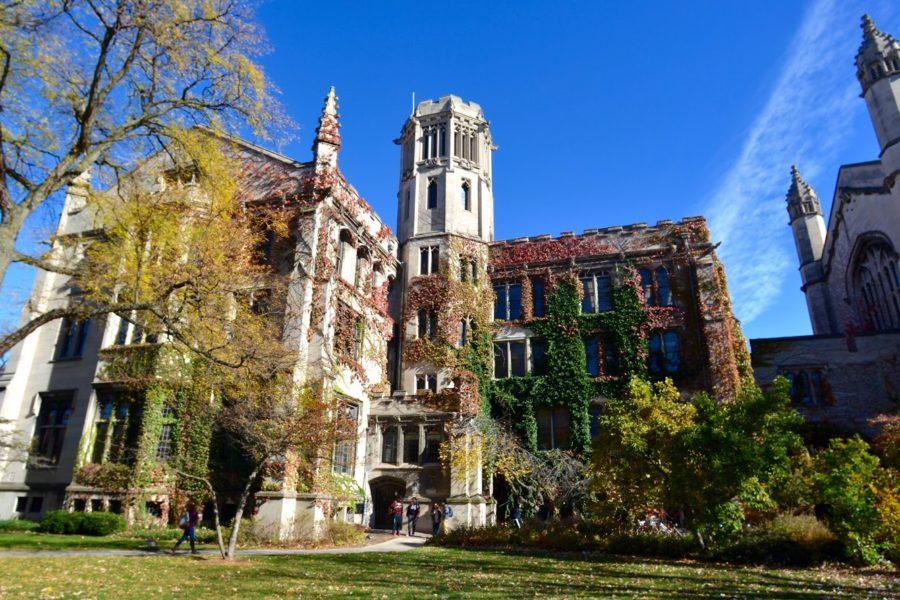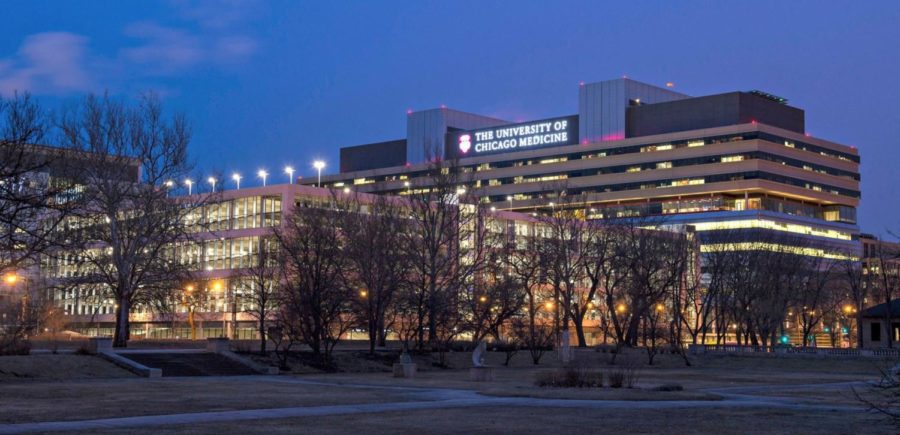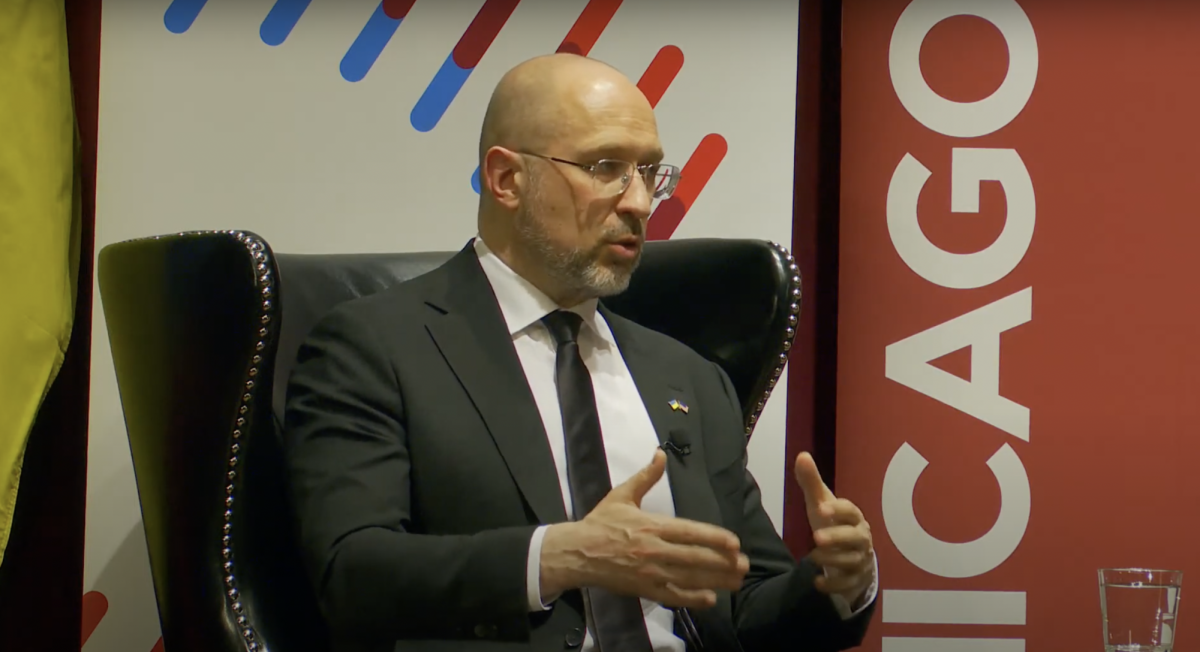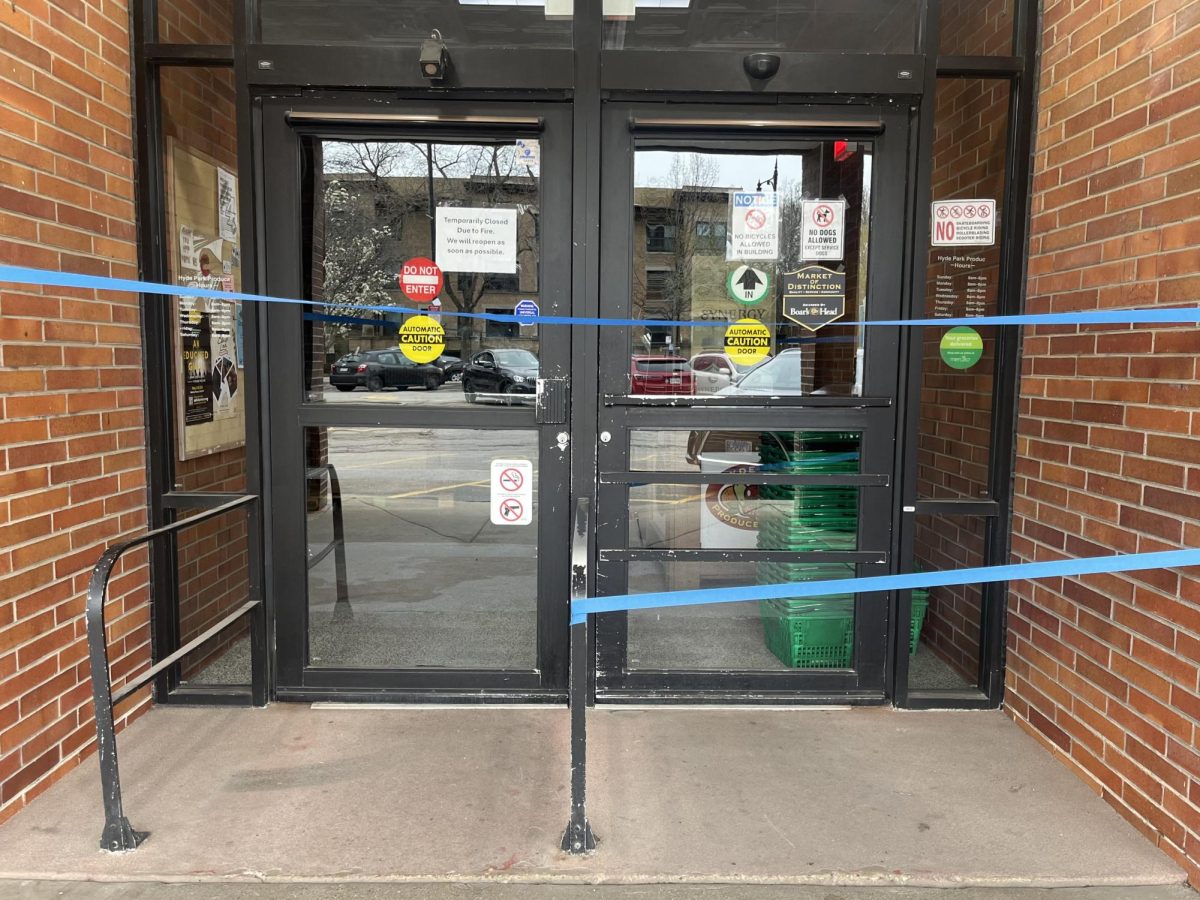[img id=”80347″ align=”alignleft”] The vast array of dinosaur bones in Paul Sereno’s underground Fossil Lab spills over laboratory shelves and tables onto the floor. But Sereno, a University paleontologist and biology professor, easily navigates among the piles of fossilized remains and plaster casts, contextualizing bone shards and skulls to piece together whole new dinosaurs from these archaeological fragments.
Last week, Sereno and Stephen Brusatte, of the University of Bristol, unveiled two new dinosaur species from specimens collected during a 2000 excavation in Niger, West Africa. The 110-million-year-old dinosaurs Kryptos and Eocarcharia evolved during the Cretaceous Period, when Africa was just beginning to break away from South America.
“We’ve been working on and off in Niger for years,” Sereno said. “We are slowly piecing together our findings from this remarkable area. The layers really chart the development of dinosaurs though time.”
Kryptos palaios, whose name means “old hidden face,” was named for the hard, bill-like keratin that covered the dinosaur’s face like a shield, Sereno said.
“Kryptos had small teeth, a small skull—which might make you think it was smaller than it actually was. The wrinkled covering on Kryptos’ face was more like bird bills than scales,” Sereno explained.
“This was a scavenger with keratin over the front [of the face].”
The researchers’ second finding, Eocarcharia dinops, or “fierce-eyed dawn shark,” had “blade-shaped, shark-like teeth” that were used to hunt and kill live prey, Sereno said.
Sereno said that the two new species inhabited the Sahara Desert alongside another Cretaceous meat eater from the same site, which the researchers unveiled in 1997.
“We had a triumvirate of predators. They were preying on other herbivorous species in that area,” he said.
“Basically, we’re seeing an ecosystem of splitting of predator roles. The new dinosaurs highlight the strange groups that developed there,” he added.
The researchers are still sorting out the treasure trove of discoveries from the 2000 excavation, and Sereno said that the assortment of bones and remains in his laboratory holds the key to about half a dozen more species yet to be assembled and named. He added that he and his team of University technicians expect to unveil another one or two new species later this year.
But in Sereno’s Fossil Lab, researchers study more than just dinosaur remains. Atop one of the laboratory tables sits a six-foot skull of a Cretaceous crocodile.
“That’s the snout, these are the eyes,” said Sereno, sweeping his hand across the entire length of the massive skull. “So if you didn’t get eaten by Kryptos, [the crocodile] would have gotten to you.”
Sereno and his team of paleontologists also came across an extensive human graveyard during the course of the excavation in Niger. The researchers will publish their findings on the fossilized human remains in a National Geographic report later this year, Sereno said.
As for the West African dinosaur bones, Sereno said that he intends to return the completed skeletons to their home in Niger.
“It’s really a wonderful thing for the country of origin, for exhibitions and for the public.”
Sereno isn’t afraid to mingle theory and politics in his work, and said that he sees a political role for his work in dinosaur paleontology.
“We’re actually trying to build a museum [in Niger]. One of the goals is to build a new museum there. So once we get a new president—once Obama’s in office—I want to propose this initiative,” he said.
Sereno said that he envisions the museum as a multi-million dollar endeavor under the direction of the Nigerian national government and sponsored by the United States federal government.
“Basically, it would be an initiative that would say that other than building more military bases, we can do something the country really can remember America for.”
“Niger is one of the poorest countries in West Africa, and there really is not much to divide up. It makes Kenya look rather unified. Giving Niger a sense of its national heritage, it’s really the least you can do for a country like this,” he added.
Although Sereno said that the original dinosaur bones will eventually return to Niger, he added that he hopes to house multiple copies of the findings here in Chicago.
“We definitely want to have a home base for [them] here in Chicago. But Niger needs many of the original bones back,” he said.
Sereno said that he uses many of his own discoveries in his course curricula as a biology professor in the College. This quarter’s dinosaur science class includes a 10-day excavation trip to South Dakota and Wyoming that gives students first-hand experience with archaeological dig sites.
Sereno also works with several Chicago-area high-school students at his U.S.-based excavations.
In November of last year, he accompanied 10 high school students to the National Geographic Society’s headquarters in Washington, D.C., for the unveiling of the plant-eating Nigersaurus, a distant relative of the platypus.
“We try to expose them to the excitement of science. We have them out in the fields,” he said.









